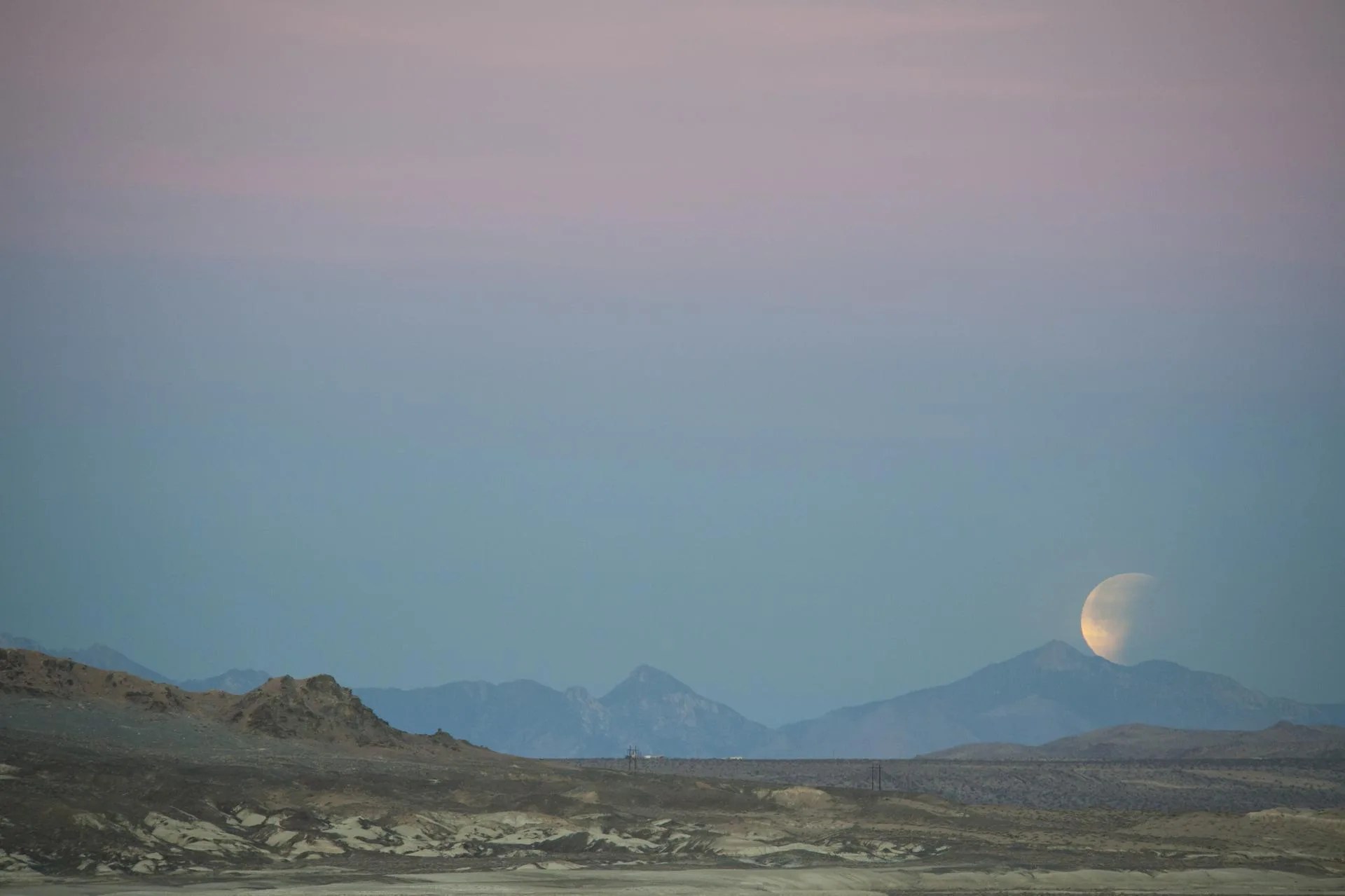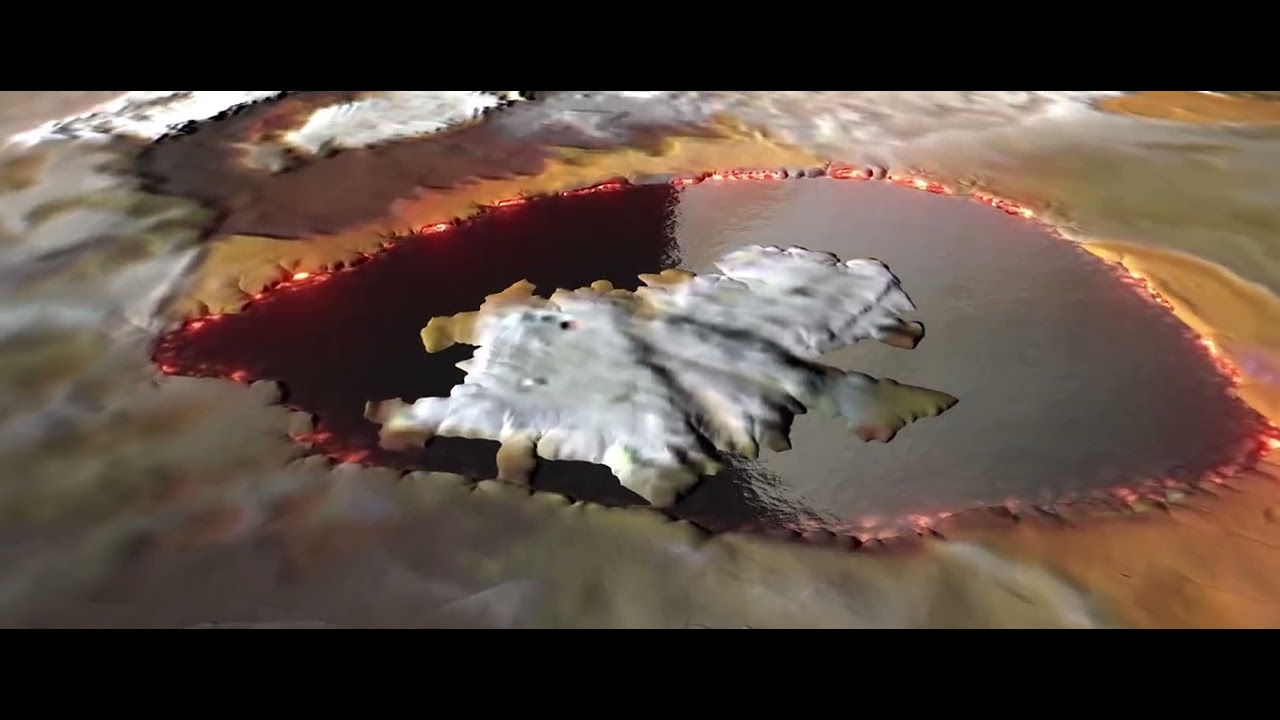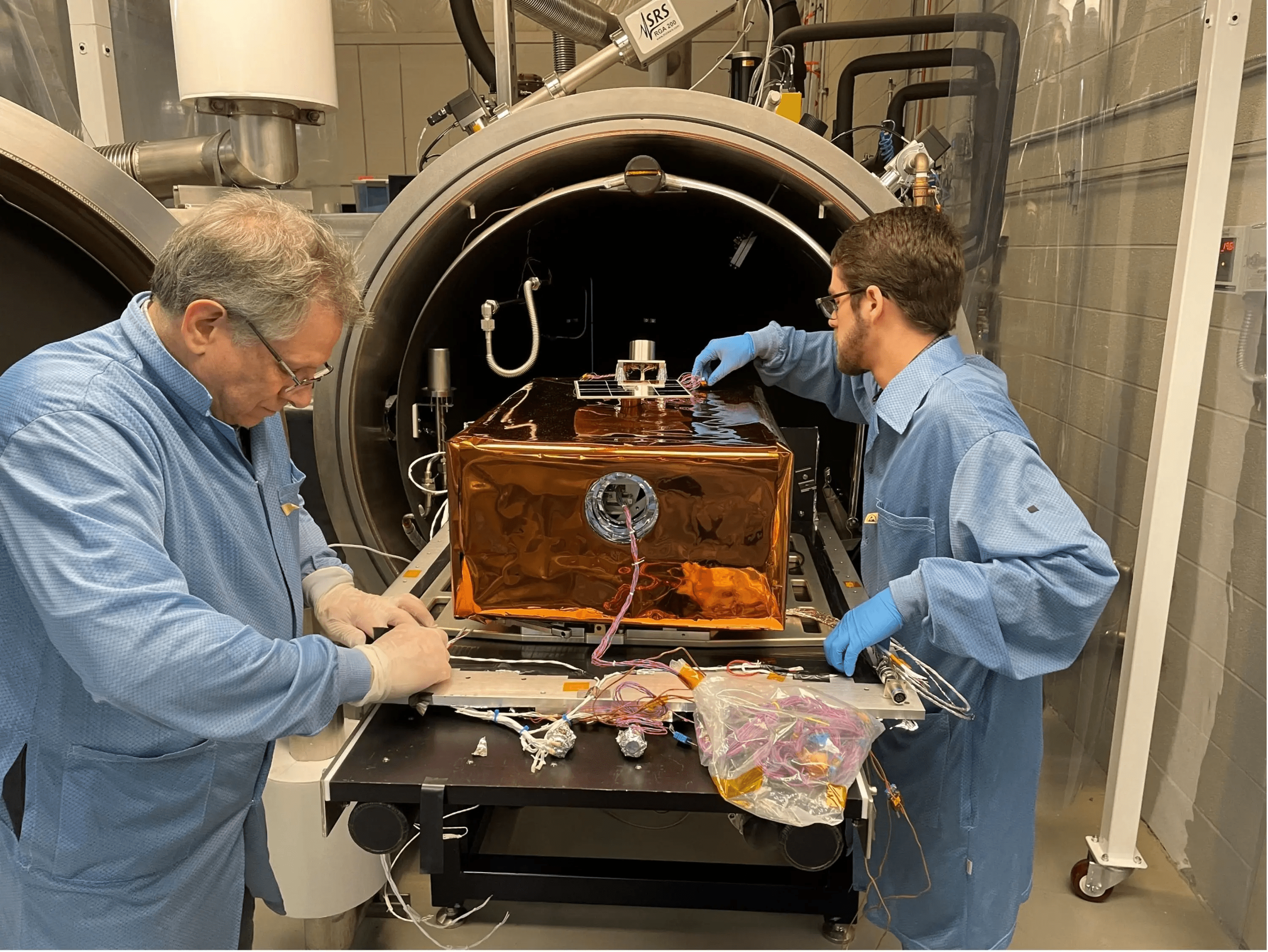14 min read

The next full Moon will be on Thursday morning, August 15, 2019. The Moon will appear full for about three days centered around this time, from Tuesday night through Friday morning.
The Next Full Moon is the Sturgeon Moon, the Green Corn Moon, the Raksha Bandhan full Moon, the Nikini Poya, and the Ghost Festival Moon.
The next full Moon will be on Thursday morning, August 15, 2019, appearing "opposite" the Sun (in Earth-based longitude) at 8:29 AM EDT. The Moon will appear full for about three days centered around this time, from Tuesday night through Friday morning.
The Maine Farmer's Almanac first published "Indian" names for the full Moons in the 1930's. According to this almanac, as the full Moon in August and the second full Moon of Summer, the Algonquin tribes in what is now the Eastern USA called this the Sturgeon Moon after the large fish that were more easily caught this time of year in the Great Lakes and other major bodies of water. This Moon was also called the Green Corn Moon.
This full Moon corresponds with the Hindu festival Raksha Bandhan, celebrating the bond between brothers and sisters. One of the traditions is for sisters of all ages to tie a rakhi (a cotton bracelet) around their brothers wrist, receiving a gift from the brother in return, as a sign of the continuing bond between them. The term "Raksha Bandhan" translates as "the bond of protection, obligation, or care."
Every full Moon is a holiday in Sri Lanka. This full Moon corresponds with the Nikini Poya holiday, commemorating the first Buddhist council, which occurred about 2,400 years ago, sometime around 400 BCE.
In lunisolar calendars the months change with the new Moon and full Moons fall in the middle of the lunar months. This full Moon is the middle of Av in the Hebrew calendar. In the Islamic calendar the months start with the first sighting of the waxing crescent Moon a few days after the New Moon. This full Moon is near the middle of Dhu al-Hijjah, the twelfth and final month of the Islamic year, a sacred month that is the month of the Hajj. Making the Hajj or pilgrimage to Mecca at least once in your life is one of the Five Pillars of Islam.
This full Moon corresponds to the Chinese Hungry Ghost Festival. The seventh month of the Chinese calendar is the Ghost Month and the fifteenth day of this month (a full Moon day) is called Ghost Day, on which ghosts and spirits, including those of the deceased ancestors, come out to visit the living.
For Star Trek fans, a note on the author Theodore Sturgeon (in honor of the Sturgeon Moon). According to Wikipedia, Theodore Sturgeon wrote over 200 stories, mostly science fiction but some horror and mystery stories. He wrote several Star Trek scripts, two of which were produced. His Star Trek scripts introduced into the series "pon far," the Vulcan hand symbol, "live long and prosper," and (in a script that was not produced but that influenced later scripts) the "Prime Directive."
As usual, the wearing of suitably celebratory celestial attire is encouraged in honor of the full Moon. In addition, be nice to your siblings, remember your ancestors, and perhaps you should consider reading some Theodore Sturgeon.
As for other celestial events between now and the full Moon after next:
As summer continues, the daily periods of sunlight continue to shorten. For Washington, DC, the daylight period of the day of the full Moon, Thursday, August 15, 2019, will last 13 hours, 41 minutes, 42 seconds. Morning twilight will begin at 5:19 AM EDT, sunrise will be at 6:22 AM, the Sun will reach a maximum altitude of 65.1 degrees at 1:12 PM, sunset will be at 8:03 PM, and evening twilight will end at 9:06 PM. 30 days later, the daylight period on the day of the full Moon after next, Thursday, September 14, 2019, will be 76 minutes shorter, lasting 12 hours, 30 minutes, 8 seconds. Morning twilight will begin at 5:50 AM, sunrise will be at 6:48 AM, the Sun will reach a maximum altitude of 54.4 degrees at 1:03 PM, sunset will be at 7:18 PM, and evening twilight will end at 8:16 PM.
On the evening of the full Moon on August 15, 2019, as evening twilight ends, the brightest planet in the sky will be Jupiter, appearing in the south-southwest at about 28 degrees above the horizon. The bright planet Saturn will appear in the south-southeast at about 25 degrees above the horizon. The Summer Triangle will appear high in the east with the bright star Vega nearly overhead, about 78 degrees above the eastern horizon. The "Summer Triangle" is made up of Vega, the brightest star in the constellation Lyra the Harp; Deneb, the brightest star in the constellation Cygnus the Swan; and Altair, the brightest star in the constellation Aquila the Eagle. Over the following evenings these planets and the background of stars will all appear to shift towards the west. By the evening of the full Moon after next, Jupiter will appear in the west-southwest at about 24 degrees above the horizon, Saturn will appear in the south at about 29 degrees above the horizon, and Vega will appear almost exactly overhead at 89 degrees above the western horizon.
On the morning of the full Moon on August 15, 2019, as morning twilight begins, the only planet visible in the sky will be Mercury, appearing about 4 degrees above the horizon in the east-northeast. The "Summer Triangle" will appear low in the west-northwest. As the lunar cycle progresses Mercury will appear to shift closer to the horizon and become lost in the glow of dawn, passing on the far side of the Sun as seen from the Earth on September 3, 2019. The Summer Triangle will appear to shift towards the west and closer to the horizon, such that by the morning of the full Moon on September 14 only Deneb will be visible.
This should still be a great time for Jupiter and Saturn watching, especially with a backyard telescope. Jupiter was at its closest and brightest for the year on June 10 and Saturn on July 9, 2019. Both will appear to shift towards the west over the coming months, making them visible earlier in the evening sky (and friendlier for backyard stargazing, especially if you have young ones with earlier bed times). With clear skies and a small telescope you should be able to see Jupiter's four bright moons, Ganymede, Callisto, Europa, and Io, shifting positions noticeably in the course of an evening. Galileo was the first person known to point the newly developed telescope at Jupiter, and he immediately noticed these moons that we now call the Galilean moons. For Saturn, you should be able to see the brightly illuminated rings as well as the motions of Saturn's moons, particularly the largest moon, Titan. Galileo also observed the rings of Saturn, but (given the quality of telescopes at the time) saw them as two smaller bodies attached on either side of Saturn. He was mystified with no idea how to explain this and at one time described them as Saturn's "ears".
The Perseid meteor shower is often one of the best meteor showers of the year, but moonlight will interfere this year. The Perseids should be active until August 24, peaking around the morning of August 13. With the full Moon on August 15 this year, moonlight will interfere with viewing, especially on and after the peak. The Perseid meteors are caused by dust from the comet 109P/Swift-Tuttle that enters our atmosphere at 58 kilometers per second (130,000 miles per hour).
On Friday evening into early Saturday morning, August 9 to 10, 2019, the bright planet Jupiter will appear to the lower right of the waxing gibbous Moon, with the bright star Antares appearing further to the lower right.
On Sunday evening into Monday morning, August 11 to 12, 2019, the bright planet Saturn will appear to the right of the waxing gibbous Moon, shifting closer together as the night progresses until moonset (at 3:28 AM EDT for the Washington, DC area). From parts of eastern Australia, northern New Zealand, and the Pacific Ocean, the Moon will actually block Saturn from view.
On Monday morning, August 12, 2019, for the Washington, DC area and similar latitudes at least, the planet Mercury will appear at its highest above the horizon at the time morning twilight begins, about 4.5 degrees in the east-northeast. Mercury will be at its greatest angular separation from the Sun for this apparition a few days before, on August 9, 2019.
Throughout this period, the bright star Antares will appear to the lower right of the bright planet Jupiter. They will appear at their closest, less than 7 degrees apart, on Monday night, August 12, 2019.
As mentioned above, the Perseid meteor shower should peak the morning of Tuesday, August 13, 2019. The best time to look should be the narrow window between moonset and when the sky begins to lighten with dawn. For the Washington, DC area, moonset will be at 4:21 AM and morning twilight will begin at 5:16 AM EDT.
Wednesday morning, August 14, 2019, will be when the planet Venus passes on the far side of the Sun as seen from Earth (called superior conjunction), shifting from the morning to the evening sky. Venus will begin to emerge from the glow of sunset in late September 2019, along with the planet Mercury which will have its superior conjunction on September 3, 2019.
As mentioned above, the next full Moon will be on Thursday morning, August 15, 2019, at 8:29 AM EDT.
Even though they are not usually visible, I include in these Moon missives information about Near Earth Objects (mostly asteroids) that may pass the Earth within 10 lunar distances, because I find it interesting that we have discovered so many. On Thursday evening, August 15, 2019, at about 8:11 PM EDT (2019-Aug-16 00:11 UTC with 30 minutes uncertainty), Near Earth Object (2019 PJ), between 44 and 99 meters (145 to 324 feet) in size, will pass the Earth at between 8.6 and 8.8 lunar distances (nominally 8.7), traveling at 14.18 kilometers per second (31,709 miles per hour).
Saturday morning, August 17, 2019, at 6:50 AM EDT, the Moon will be at apogee, its farthest from the Earth for this orbit.
Friday morning, August 23, 2019, the waning Moon will appear half-full as it reaches its last quarter at 10:56 AM EDT.
On Saturday morning, August 24, 2019, the bright star Aldebaran will appear near the waning, slightly less than half full Moon. For the Washington, DC area, Aldebaran will rise a little more than 2 degrees below the Moon in the east-northeast at about 12:38 AM EDT, and the pair will appear close to each other until lost in the glow of dawn, with morning twilight beginning around 5:28 AM.
On Tuesday morning, August 27, 2019, the bright star Pollux (one of the twins in the constellation Gemini the twins) will appear about 6 degrees to the left of the thin, waning crescent Moon. For the Washington, DC area, the Moon will rise in the east-northeast at 2:57 AM and morning twilight will begin around 5:32 AM EDT.
On Wednesday morning, August 28, 2019, at about 5:38 AM EDT (2019-Aug-28 09:38 UTC with 1 hour 36 minutes uncertainty), Near Earth Object (2019 OU1), between 70 and 156 meters (229 to 513 feet) in size, will pass the Earth at 2.7 lunar distances, traveling at 13.12 kilometers per second (29,345 miles per hour).
Friday morning, August 30, 2019, at 6:37 AM EDT, will be the new Moon, when the Moon passes between the Earth and the Sun and will not be visible from the Earth. The term "Supermoon" was coined by the astrologer Richard Nolle in 1979 and refers to either a full or new Moon near perigee, when the Moon is closest to the Earth in its orbit. Since this full Moon occurs a little more than 5 hours before the perigee at 11:57 AM, this is a Supermoon, although most of the public interest centers on full Supermoons where we can see the Moon and notice the difference in brightness.
The day of or the day after the New Moon marks the start of the new month for most lunisolar calendars. Sundown on August 30 or August 31, 2019, marks the start of Elul in the Hebrew calendar. The websites I consult disagree, possibly because sunset occurs at different times around the globe while the time of the New Moon is fixed. The eighth month of the Chinese calendar starts on Friday, August 30 (at midnight in China's time zone, which is 12 hours ahead of EDT).
In the Islamic calendar the months start with the first sighting of the waxing crescent Moon after the New Moon. Saturday evening, August 31, 2019, will probably mark the beginning of Muharram, the first month of the year, one of the sacred months in which warfare is forbidden, although it is possible that the crescent Moon may be sighted barely above the horizon about 30 minutes after sunset on the evening of Friday, August 30, 2019.
On Monday morning, September 2, 2019, the planet Mars will be passing on the far side of the Sun as seen from the Earth, called conjunction. Because Mars orbits outside of the orbit of Earth, Mars will be shifting from the evening sky to the morning sky and will begin emerging from the glow of the dawn on the eastern horizon in late September or early October (depending upon viewing conditions).
On Tuesday evening, September 3, 2019, the planet Mercury will be passing on the far side of the Sun as seen from the Earth, called superior conjunction. Because Mercury orbits inside of the orbit of Earth, Mercury will be shifting from the morning sky to the evening sky and will begin emerging from the glow of the dusk on the western horizon in late September (depending upon viewing conditions), along with the planet Venus, which had its superior conjunction on August 14, 2019.
Planets that orbit the Sun inside of the orbit of the Earth will sometimes pass between the Earth and the Sun while at other times pass on the far side of the Sun from the Earth, so they have both inferior and superior conjunctions. When they have a superior conjunction, they move from the morning sky to the evening sky. Planets that orbit outside of the orbit of the Earth never pass between the Earth and the Sun and only have one kind of conjunction, so no distinction is made. When they have a conjunction, they move from the evening sky to the morning sky. Having these two conjunctions occur so close to each other is a good opportunity to notice the difference.
On Thursday night, September 5, 2019, the Moon will appear half-full as it reaches its first quarter at 11:10 PM EDT.
On Thursday evening, September 5, 2019, the bright planet Jupiter will appear to the left of the waxing half Moon, with the bright star Antares shining below. For the Washington, DC area, evening twilight will end around 8:32 PM and Jupiter and the Moon will appear to shift closer together until they set at around 11:51 PM EDT.
On Saturday evening into Sunday morning, September 7 to 8, 2019, the bright planet Saturn will appear to the left of the waxing gibbous Moon, about 7 degrees apart as evening twilight ends (at around 8:28 PM EDT for the Washington, DC area), and appearing to shift closer towards above the Moon until the Moon sets (on Sunday morning at 1:24). By Sunday evening, as evening twilight ends (at 8:27 PM), the Moon will appear to have shifted so that Saturn appears to the right of the Moon, and they will appear to separate as the evening progresses.
Although not visible without a telescope, early Tuesday morning, September 10, 2019, will be when the planet Neptune will be at opposition, or opposite the Sun as seen from the Earth, and at its closest and brightest for the year. For the Washington, DC area, Neptune will be at its highest in the sky at 1:07 AM EDT, appearing due south at about 46 degrees above the horizon.
Sometime the week of September 13, 2019, two Near Earth Objects will pass the Earth with enough uncertainty that they might pass within 10 lunar distances. With almost 5 days uncertainty centered on 6:38 AM EDT (2019-Sep-13 10:38 UTC with 4 days 23 hours 25 minutes uncertainty), Near Earth Object (2010 RM82), between 18 and 39 meters (58 to 129 feet) in size, will pass the Earth at between 1.6 and 57.6 lunar distances (nominally 18.1), traveling at 14.58 kilometers per second (32,624 miles per hour). With over 5 days uncertainty centered on 11:02 AM EDT (2019-Sep-13 15:02 UTC with 5 days 7 hours 32 minutes uncertainty), Near Earth Object (2013 CV83), between 46 and 103 meters (152 to 339 feet) in size, will pass the Earth at between 7.4 and 43.4 lunar distances (nominally 15.7), traveling at 13.08 kilometers per second (29,270 miles per hour).
Friday morning, September 13, 2019, at 9:32 AM EDT, the Moon will be at apogee, its farthest from the Earth for this orbit.
The full Moon after next will be early Saturday morning, September 14, 2019, at 12:33 AM EDT. As the full Moon closest to the autumnal equinox, this will be the Harvest Moon.







